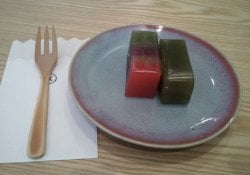Inkan [印鑑] or Hanko [判子] are stamps (or seals) used by the Japanese, which have the same value as signatures. In this article, we are going to see some fun facts about these Japanese signature seals and stamps.
Inkan or Hanko are used in situations such as requesting documents at the city hall, opening a bank account, correspondence, among others. Both large corporations, companies and ordinary people and families can own an Inkan.
In the same way that Brazilians need to register their signatures in notaries in order to be notarized. Inkan must be registered and certified by the government at the city hall before being used as a signature.
We recommend reading:
- List of Japanese surnames 200+ Origin and Meanings
- Junko Furuta – All About the Worst Death in History
- Love in Japanese + 50 ways to say I love you
Índice de Conteúdo
What does Inkan and Hanko mean?
The Inkan [印鑑] is a personal signature in the form of a stamp. This signature also receives a document called an “inkan shomeisho” [印鑑証明書], a card that proves that such a stamp or seal is your signature.
These stamps are usually made of stone or wood in a cylindrical shape, containing oriental characters in their upper base, which can be either kanji or designs (generally used in arts), and are typically used with red ink.
Some signature stamps can be made from elephant tusks, marble and bamboo, some can cost up to millions of yen. Hanko are considered the cheap versions, usually made of plastic.
Hanko - Cheap Stamp
While Inkan means stamp or seal, there is also Hanko [判子] which means seal. The difference between Inkan and Hanko is that Hanko is usually simpler, some are even made of rubber to put in a pen.
Other than that they are usually cheaper, and can be found with a ready name, even in 100 円 stores (Hyakuen). People use it to sign smaller contracts and accept deliveries. And it can be categorized as a "mitome-in".
Both can refer to the same thing, but most of the time hanko is not used as officially. I believe that the difference is the same between stamp and stamp, although stamp in Brazil means something different. Stamp houses are called hankoya.
Other Names for the Japanese Seal
In addition to the Inkan and Hanko names, there are other terms used to refer to Japanese name stamps and seals. See some of these names below and their meanings:
- Inkan [印章] - Legal name;
- shirushi [印] - Means brand; emblem; symbol;
- huh [判] - Means seal; stamp; signature;
- shirushiban [印鑑] - stamp; stamp;
As mentioned in the list above, there is a legally correct form used in public bodies. It gets its legal name because it is passed in shuniku [朱肉] to be stamped as if it were a seal on paper or document.
Other names on the list are just abbreviations and ideograms that have a certain meaning, which may be rarely used in certain situations.
Sutanpu - Stamp prints
Although not related to the article, we can mention the word sutanpu [スタンプ] used to refer to the stamps of train stations. Those beautiful ones that we also find in tourist spots that serve as a visit record.
When you go to Japan, carry a blank notebook to stamp all the places you've visited. If you want to know more about these stamps.
Read also: Stamps - Tourist and train station stamps in Japan
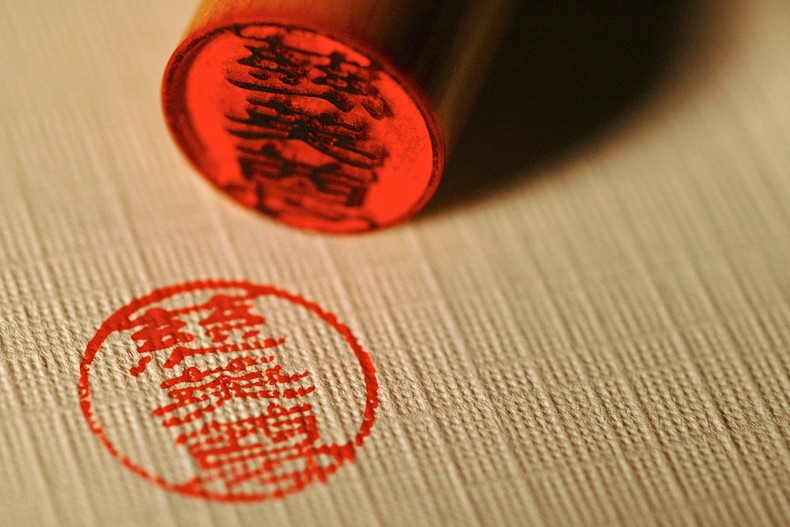
Origin of Inkan and Hanko
The Inkan appeared 5,000 years ago in the Mesopotamian region, with engravings engraved on the side. Thus, the material was rolled over the clay surface to obtain the stamp designs.
Only the sages of the time owned the inkan, which was hung around the neck with a rope, being carried as a necessary accessory for everyday life. Each one possessed the inkan with peculiar engravings, made with precious stones.
Subsequently, inkan spread to the world. To the east, through China, it reached Japan. In the west, it crossed Greece, Egypt, Rome and reached Europe, where the custom of using the Inkan has not been maintained throughout history. Unfortunately, this custom did not reach Brazil.
Formerly in Japan, inkan was used only by the emperor and his most trusted agents, as a way of certifying official documents with the symbol of the emperor's authority.
From the Heian and Kamakura Eras onwards the inkanse became common among the population and in the Meiji Era, by virtue of the legislation, the inkanse became an object of common use and must be registered by the prefecture of each city (inkan shoumeisho) [印鑑証明書] .
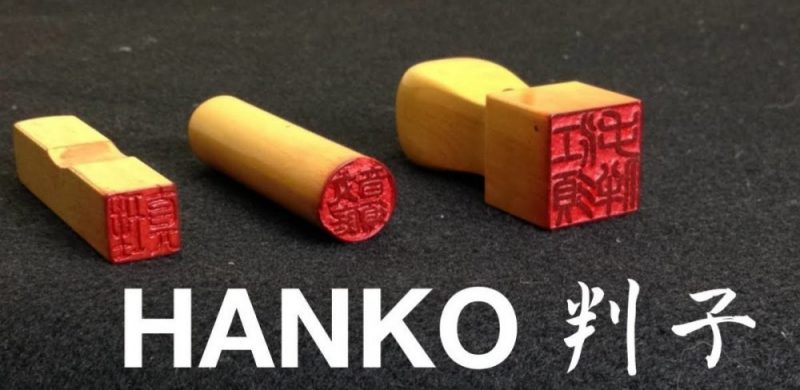
Types of Inkan and Hanko
The Inkan and Hanko are usually separated according to their usage. See the functions of these stamps below:
Mitome-in [認印] – which is used for everyday tasks at home and in the office, such as signing for the delivery of packages, letters and documents. A Hanko can be used. (We'll talk soon…)
Ginko-in [銀行印] – This seal is used to open a bank account.To withdraw large amounts of money or close your account. You can use other types of inkan to open your bank account, but a lot of people tend to separate inkan for security reasons.
Jitsuin [実印] – The stamp that is registered with the City Hall. This is the most important stamp as it is used in all transactions that require official documents, such as the purchase and sale of property, purchase and sale of a car, contracts, among others.
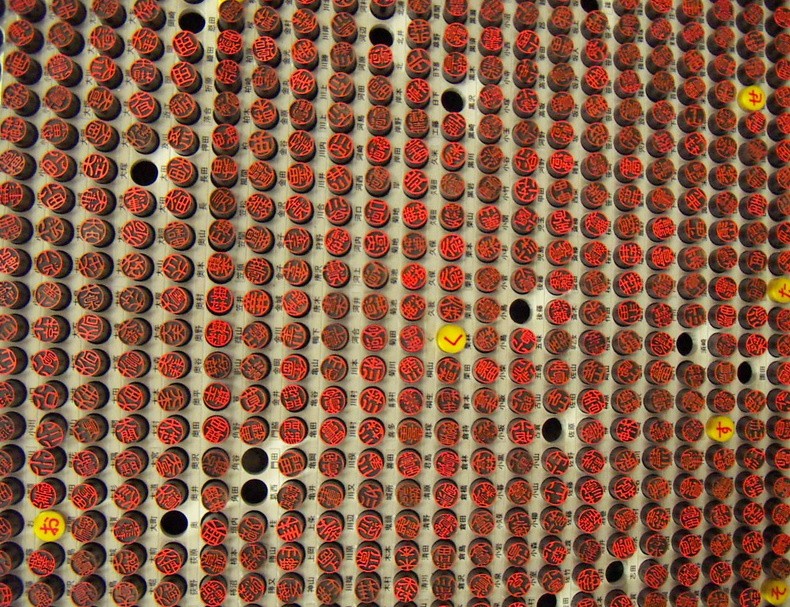
The article is still halfway through, but we recommend also reading:
Questions about Inkan and Hanko
Below we will answer some questions about these Japanese signature stamps:
Does anyone who lives in Japan need an Inkan/Hanko?
You don't need an Inkan to survive. It is possible to do many things, even create bank accounts in some places without a seal. If someone asks you for the stamp, and you don't have it, suffice it to say, they usually allow a simple signature.
If you live in Japan, it doesn't hurt to have a Seal. It will save you time and trouble.
What if someone steals my inkan and uses it?
I wouldn't really worry about that at all, because if a document is important enough to need the stamp. They will ask for ID, address, etc. Not to mention that Japan is a very safe country.
Inkan and Hanko are a huge part of Japanese culture and have likely been a custom for hundreds if not thousands of years. If you are in Japan, do like the Japanese, and get your Inkan or Hanko which is cheaper.
What is Shuniku and Nurishuniku?
Shuniku [朱肉] is thick red ink used for signature seals, but can also refer to ink pads. Shuniku is a blend of refined castor oil, pine resin, white wax, washi (Japanese paper) and other materials that make the color red.
The shuniku pads used to stamp the seals were originally black and came from China, but with time red was used as a standard. The color red is used because it is auspicious, just like the torii gates of temples.
Read also: Meaning of Torii – 5 Biggest Portals in Japan
Nurishuniku is a premium version of ink and pad, usually comes in a circular case and has a more pasty consistency, made from non-toxic natural material. It has a more intense and elegant shine and color, it also does not lose color over time.
Despite being much more visible, its disadvantage is that it takes time to dry. Usually the stamp pads can come inside a case used to store the inkan or it can also be an external pad.
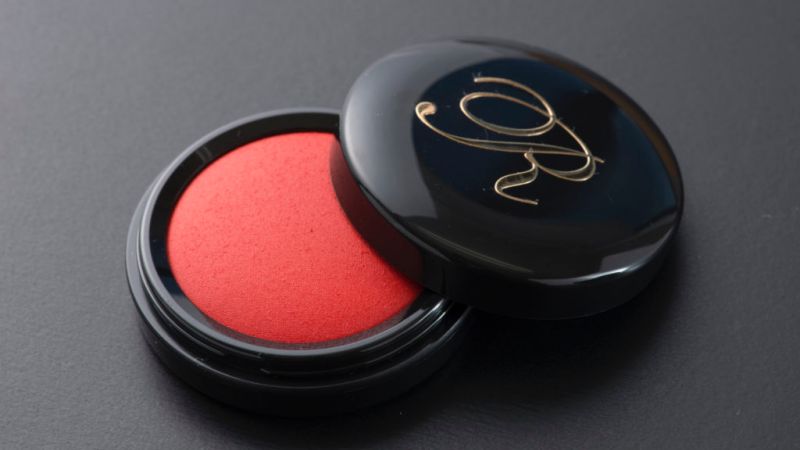
How to make your Inkan?
First you must find a site that works with Inkan. Choose material like wood, marble, ivory, iron and many others. And select your Inkan size, below is a list of common sizes:
| Jitsu-in | Feminine: 13.5mm or 15mm Male: 16.5mm or 18mm |
| Ginko-in | Feminine: 12mm or 13.5mm Male: 13.5mm or 15mm |
| Mitome-in | 10.5mm normal 12.0 mm Special |
Decide what you want in inkan
You can have up to 6 characters in your inkan. You can put your name, surname, family name or organization. You can choose to use kanji, katakana and hiragana. Some locations are even possible to customize.
Who can register?
Any person over the age of 15 who is a resident of the city where the prefecture is located. However, you can only register one stamp.
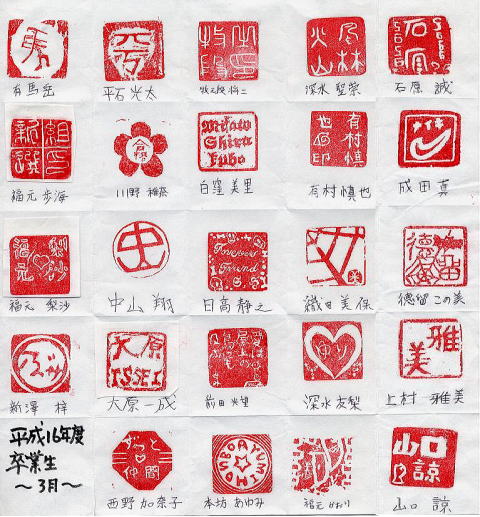
What do you need to register the seal?
1. Personal identification, such as an Alien Registration Card or driver's license.
2. Inkan - the personal seal.
3. An application form – inkan-Touroku-shinseisho 印鑑登録申請書 – is available at the local ward office or a city office, or by downloading from the prefecture website.
4. Registration is free, but the certificate of authenticity for the seal (印鑑登録証明書 inkan toroku Shomei-sho) costs 300 yen. This certificate of authenticity is required for any significant business transaction, such as the purchase of a car, or the purchase of real estate.
Did you like the article? Leave your comment, share and like our page on Facebook and social networks.




